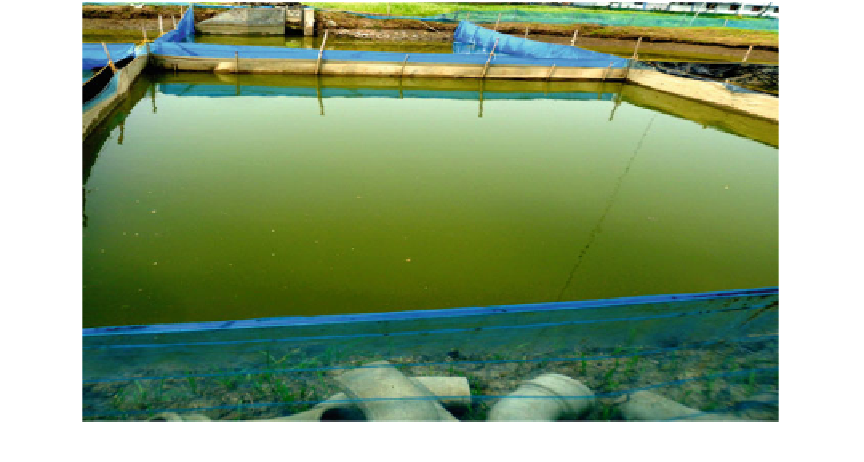Environmental Engineering Reference
In-Depth Information
researches are based on an incomplete under-
standing and highly simpli
6. As the bloom will progress due to iron fer-
tilization, the nutrient load of the ambient
water will sharply decrease. This could result
in a reduction of these nutrients downcurrent
from an iron-fertilized area. Finally, lack of
nutrients may cause a detrimental effect on
phytoplankton, resulting in a reduction in
overall biological productivity. Predictive
mathematical models have suggested that
commercial-scale iron fertilization of
ed interpretation of
current scienti
c knowledge. The major draw-
backs of the concept of reducing carbon dioxide
level in the atmosphere by triggering the growth
of phytoplankton of the ocean through iron fer-
tilization are listed here in points:
1. Ecological perturbations in the marine and
estuarine environments due to iron fertiliza-
tion have not been given proper importance.
2. The geophysical changes of the ecosystem
that may result due to large-scale iron fertil-
ization have not been accounted in this
research programme.
3. In order
the
oceans could have a signi
cant adverse
sheries.
7. There is also the concern that the changes in
water chemistry caused by iron fertilization
could lead to higher emission of nitrous oxide
due to decomposition of organic matter in
deep-water. Some researchers have con-
tradicted the concern with the idea of fertil-
izing low-nutrient regions of the oceans
instead of high-nutrient ones. This scienti
impact on marine
cant amount of
atmospheric carbon dioxide, a huge area of
the ocean needs to be fertilized which may not
be particularly feasible.
4. Commercial iron fertilization may lead to
harmful algal bloom (HAB), which has
adverse effect on other marine lives.
5. Iron addition and subsequent phytoplankton
bloom associated with increased particulate
organic export and remineralization could
reduce dissolved oxygen (DO) level in subsur-
face water. This has the high probability to pose
a negative impact on the marine organisms.
to remove signi
c
school believes that excess phytoplankton
density (bloom condition) could create a lar-
ger aerosol effect leading to block incoming
solar radiation that may cause global cooling.
8. It is dif
cult to track phytoplankton blooms in
the vast ocean with dynamic circulation pattern.
The added iron rapidly dilutes, sinks and reacts
Fig. 5.12
Phytoplankton bloom in the experimental pond after adding ferrous sulphate

